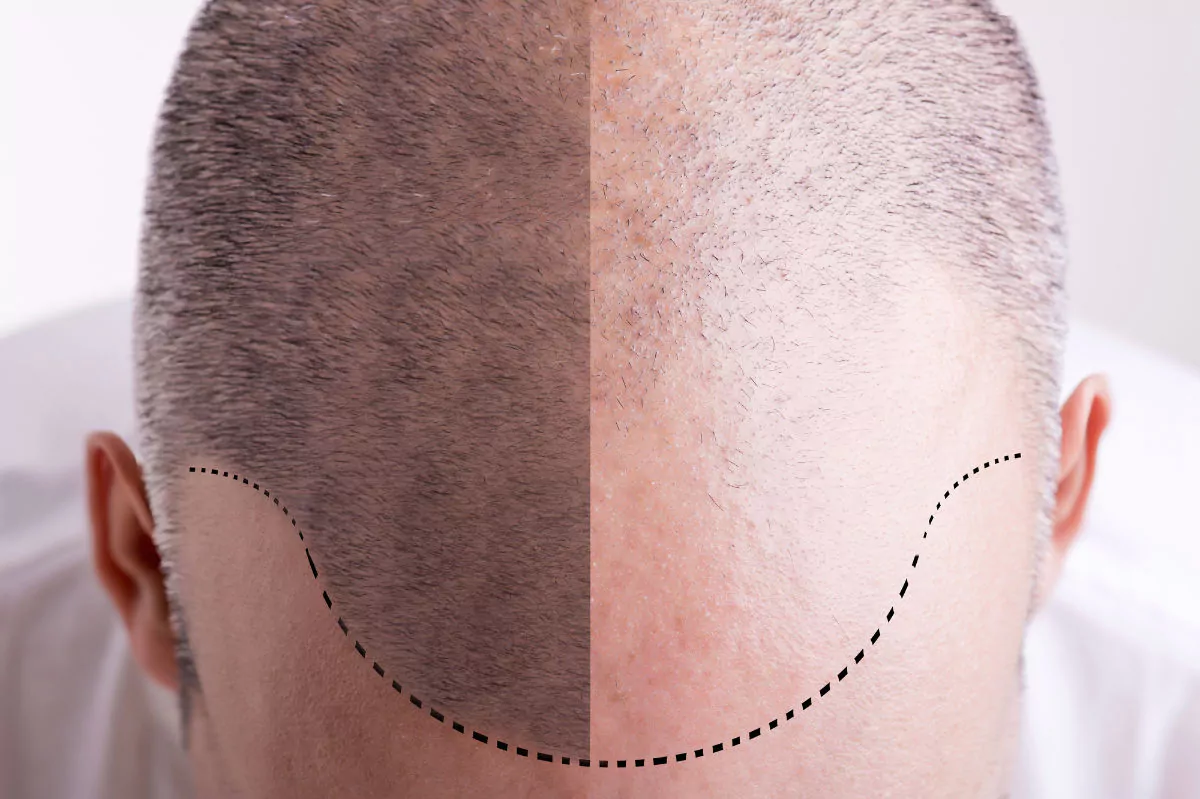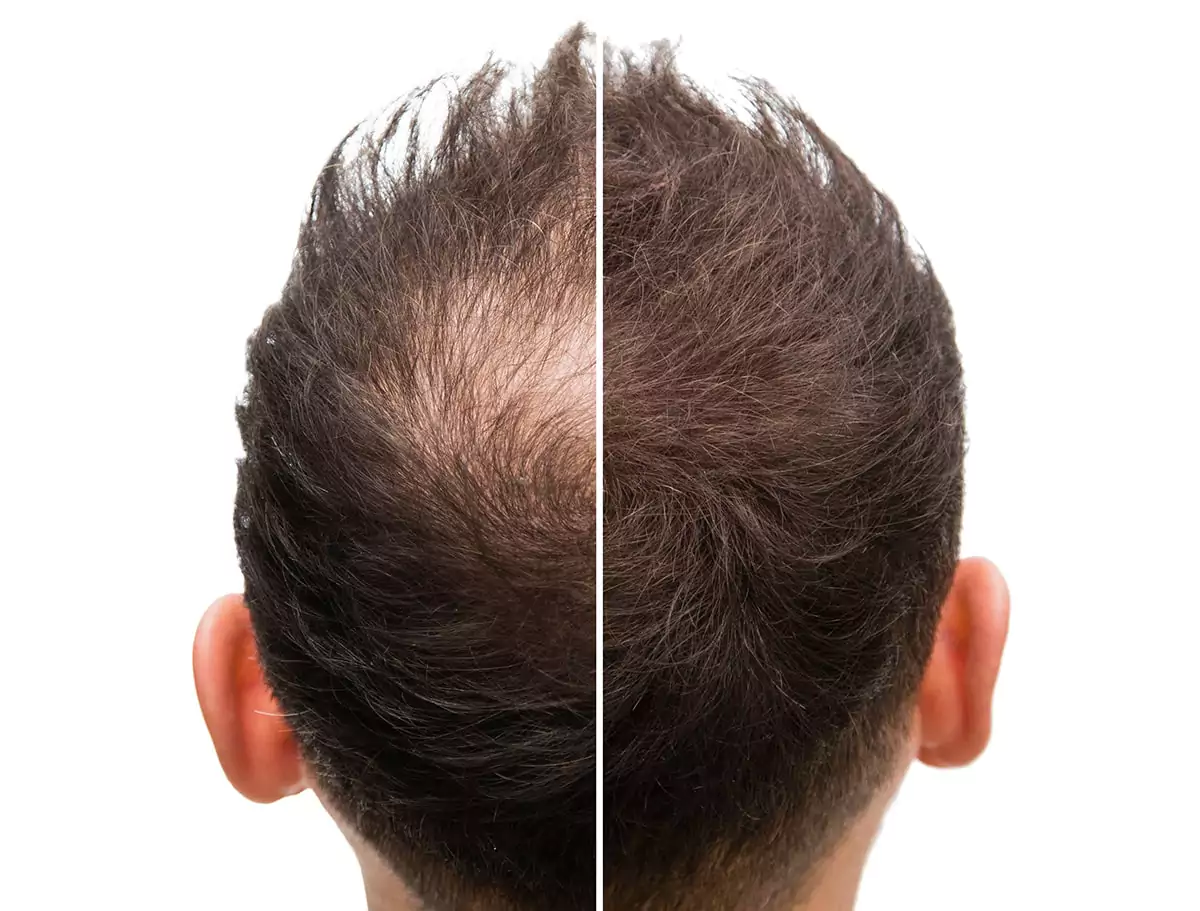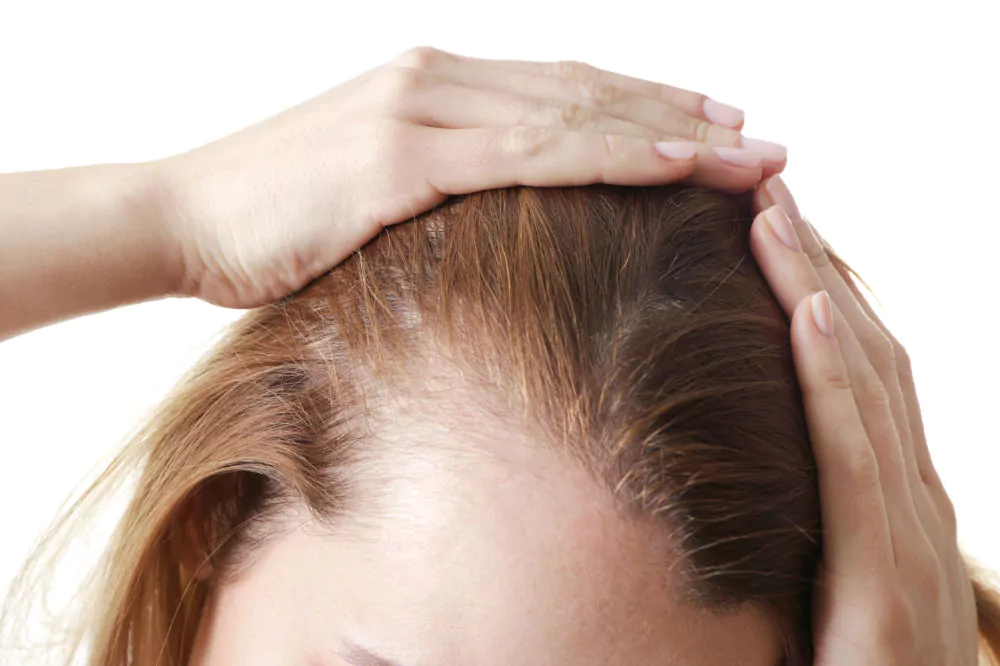Hair loss, or alopecia, happens when new hair doesn’t replace hair that fell out. In most cases, hair loss is not the result of an underlying internal or systemic disease but rather the ageing process or predetermined genetic factors. Many women and men start noticing pattern baldness or thinning hair in their 40s.
Other causes of hair loss include protein deficiency, emotional trauma, and hormonal changes due to puberty, pregnancy, or menopause. Medical conditions, such as iron deficiency anaemia and thyroid disease, can also cause hair loss.
A number of solutions are available to cover areas affected by hair loss, including the application of hair-fibre powder, hair extensions, and wigs. If you are looking for a more permanent hair loss treatment and natural-looking results, you can also consider a hair transplant surgery.
What is a hair transplant, and is it the right option for you? This article takes an in-depth look at hair transplantation, the surgical procedures of hair transplants, and alternative treatments for hair restoration.
What Is a Hair Transplant and Why Would Someone Want It?
Hair transplantation involves surgery to transfer hair from a donor area, such as the back of the head, to bald areas. The hair transplant surgeon may also perform a body hair transplantation, in which case the hair follicles come from a hair-bearing donor site elsewhere on the body.
A qualified doctor, such as a dermatologist or plastic surgeon, performs hair transplant procedures in a clinic, doctor’s office, or any other approved treatment facility. Before the hair transplant surgery, your doctor will schedule a consultation with you to examine the balding or thinning areas and discuss the hair loss treatments you have available.
Follicular transplants are becoming increasingly popular. If you have bald spots on your head or beard, a hair loss procedure can transform your appearance.
About the Procedure – How It Works

The first step of a hair transplant surgery is to sterilise the donor area and numb it with a local anaesthetic. Hair restoration surgery tends to be uncomfortable, and your doctor may administer sedation so you’ll sleep during the procedure.
A surgeon has two options for a hair transplant procedure: FUSS (follicular unit strip surgery) and FUE (follicular unit extraction).
Follicular Unit Strip Surgery (FUSS)
The strip method, or follicular unit transplantation (FUT), is a hair restoration technique involving follicular extraction from a piece of scalp.
Every FUT follows a similar hair transplant procedure:
- The surgeon cuts a strip of hair-bearing skin from your scalp, using a scalpel. The skin strip’s size depends on how many follicles are necessary to cover the recipient site, but it can be up to six inches long and up to 0.6 inches wide.
- After removing the strip, the surgeon will close your scalp using sutures, while assistants or technicians cut the skin containing the donor hair into as many as 2,000 fragments, called hair grafts. A single graft can include one or more hairs.
- The surgeon uses a needle to make small puncture holes into the scalp in the recipient area – one for each of the donor grafts. The puncture groupings are random and similar to the way hair naturally grows.
- After preparing the recipient area, the surgeon inserts the grafts containing the hair into the puncture holes, using a technique called grafting.
- The surgeon completes the procedure by covering the surgical site on your head with gauze and bandages.
The number of grafts you’ll need with a FUT treatment plan depends on various factors, including:
- The size of the graft area
- The quality and thickness of the transplanted hairs
- The colour of the transplanted hair
- Your existing hair type, for example, straight or curly
Follicular Unit Extraction (FUE)
To an extent, the FUE procedure is similar to the FUT method, but it doesn’t involve the removal of a strip of scalp skin. During a FUE hair transplant surgery, the doctor removes the hair follicles directly from the scalp skin, then grafts the donor follicles into individual punctured holes in the bald area.
Your doctor will schedule a consultation with you to decide which form of surgery is best for you. With both FUE and FUT techniques, you’ll need enough hair on the back of your head to use as grafts.
If you have androgenic alopecia or male pattern baldness, your doctor will likely recommend a FUT hair transplant. However, if you suffer from alopecia areata or thyroid disorder, you may be a better candidate for FOE surgery.

Positives & Negatives
Hair transplantation is a highly effective technique for restoring hair growth, and the hair follicles in the recipient area will likely continue to grow hairs. Due to the natural groupings of transplanted hair, there is no way to notice the difference between a person who received successful hair transplantation and someone who genetically has a full head of hair.
Another benefit of this form of treatment is that it doesn’t require follow-up hair restoration treatments. However, many people with transplanted hair undergo platelet-rich plasma (PRP) therapy to restore the hair follicles’ nutrient supply, promoting hair growth.
A hair replacement surgery can potentially carry various side effects, which your doctor will discuss with you during the consultation. The side-effects of hair transplant techniques range from mild to severe, and include:
- Scarring of the scalp
- Scalp pain, swelling, bleeding, and itching
- Hair follicle inflammation
- Loss of feeling or sensation around the surgical site
You will likely experience pain and discomfort around the surgical site after the surgery. Doctors generally describe pain medications, such as ibuprofen, and antibiotics to prevent the surgical site from becoming infected. Medications to promote hair growth, such as minoxidil and finasteride, can also have side effects, such as:
- Chest pain
- Dizziness
- Heart palpitations
- Scalp irritation
With conventional hair transplantation techniques, there is an inherent risk that the hairs in the recipient area don’t grow to the same thickness and density as the hair elsewhere on the head. The transplanted hair may also thin as you get older, in which case you’ll have to go back for another hair replacement surgery.
Why is PRP Recommended After a Hair Transplant?
Alternative Treatments – PRP

Platelet-rich plasma (PRP) is a relatively modern technique and a natural, non-surgical, alternative treatment for hair loss. The PRP process involves drawing your blood and spinning it in a machine to extract the plasma, which is the liquid component of whole blood. Plasma is water with a high concentration of proteins and platelets, which promote cell regeneration and growth.
With PRP, the therapist injects the platelet-rich plasma into the scalp, where it reaches and interacts with the dormant hair follicle to regenerate dermal papilla cells, which, in turn, promote hair growth. Even though PRP procedures are generally less invasive, they can produce the same results as conventional hair transplantations.
FAQ
Are Hair Transplants Dangerous?
Hair transplants have a 100% survival rate, and you have nothing to worry about in terms of mortality. However, infection, swelling, and inflammation are the most prominent risks of these procedures. A qualified dermatologist or plastic surgeon will take steps to mitigate your risks and ensure optimal results.
Can Anyone Get a Hair Transplant?
In terms of race and gender, there are no limits to who can successfully undergo hair transplantation. However, to be a candidate for a hair transplant, you need a sufficient supply of healthy hair on your scalp that the surgeon can transplant to the recipient area. The thinning area on your head should also be able to sustain the new follicles and grow hair.
What Is a Maturing Hairline?
When people reach a certain age, their hairline starts maturing or receding to a length of up to 1.5 inches above the top wrinkle. A maturing hairline is normal and doesn’t constitute balding. If you are in your thirties and notice your hairline receding, give it a few months before considering hair loss treatments.
How Long Do Hair Transplants Last?
After your hair transplantation surgery, it can take up to six months before you’ll see significant changes in your appearance, and the change will be complete within a year. If the hair transplant were a success, the results would last a lifetime.
However, there is a small risk that the area will start thinning or balding again, in which case you’ll need additional treatments. Scheduling PRP after your surgery will reduce your risk of balding in the future.
What Is the Success Rate of Hair Transplants?
According to the National Institute of Health, 10% to 80% of transplant hair grows out within four months after surgery, and most qualified doctors have a success rate ranging from 95% to 98%. To ensure you have a successful hair transplant, use the services of a reputable and qualified doctor with a proven track record.




